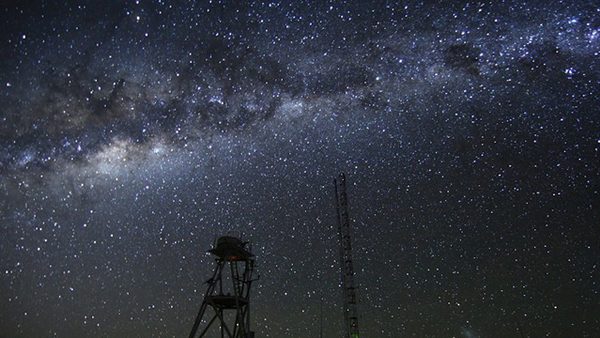SUMMARY
This is AI generated summarization, which may have errors. For context, always refer to the full article.

Two rogue asteroids and two comets are expected by astronomers to blaze across the skies this new year. The asteroid 99942 Apophis, named after the god of evil and darkness in Egyptian mythology, is huge enough to deliver more than 25,000 Hiroshima bombs if it ever smashed into Earth. NASA’s Jet Propulsion Laboratory said there is a “tiny chance of an impact” on Earth on April 13, 2036. Another asteroid measuring 57 meters is 2012 DA14, which will fly by inside the orbit of geostationary satellites on February 15. It will be so close, amateur astronomers will be able to watch it. Comet 2011 L4 or PANSTARRS, will be at its brightest from Mach 8 to 12. Comet ISON, named after the International Scientific Optical Network, could become visible to the naked eye by late November and may linger brilliantly for months. It last returned to Earth about 10 million years ago.
Read the full story on Rappler.
Add a comment
How does this make you feel?
There are no comments yet. Add your comment to start the conversation.